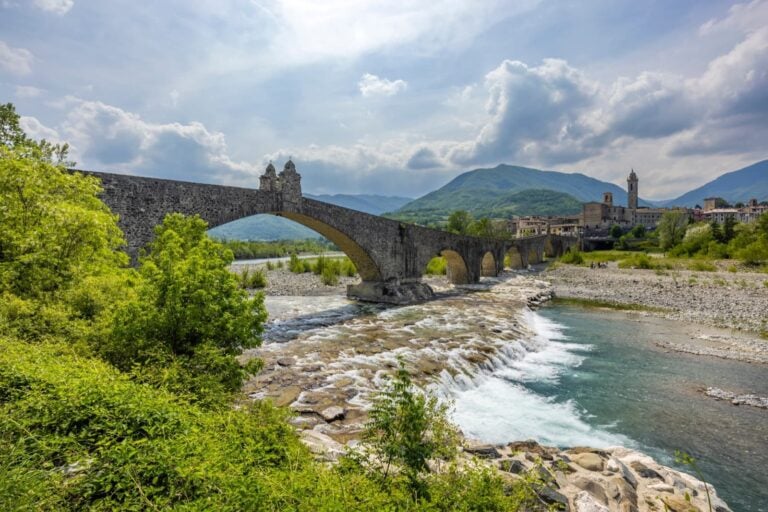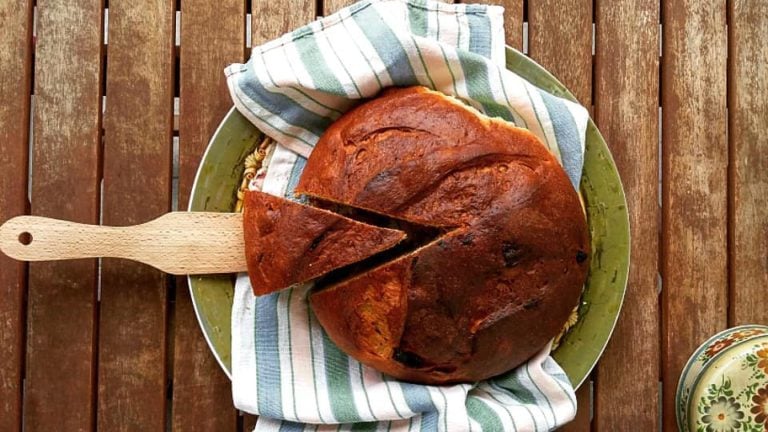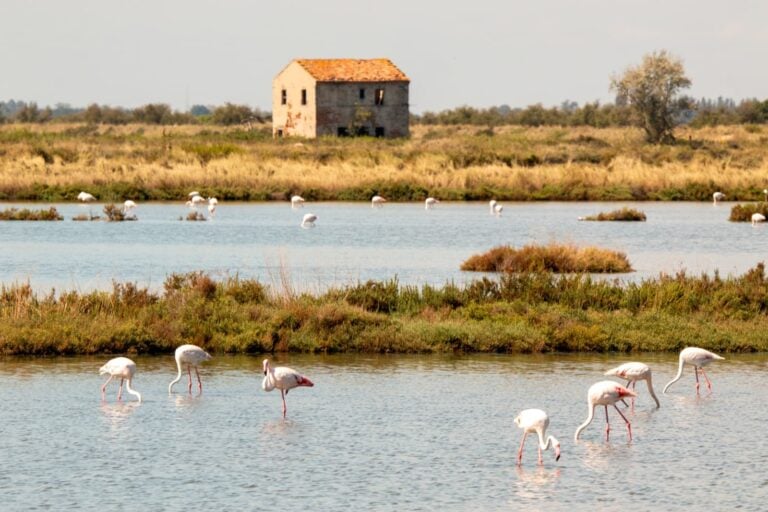Easter rituals and traditions from Emilia-Romagna that anyone can adopt at home: from decorating the house in yellow to cooking blue fish from the Adriatic, from preparing Easter bread to coloring eggs for Easter Monday breakfast.
Decorating the house with daffodils
The daffodil is the symbol of Easter. With its yellow color, it represents the end of winter and the beginning of spring, full of sunshine and joy. It is considered good luck to decorate the house with daffodils or lots of yellow ribbons.
In the Tuscan-Emilian Apennine National Park, the wild narcissus blooms during these weeks. The daffodils cover the valleys and meadows of the park, awakening among streams, mills, and soft woods full of buds and flowers.
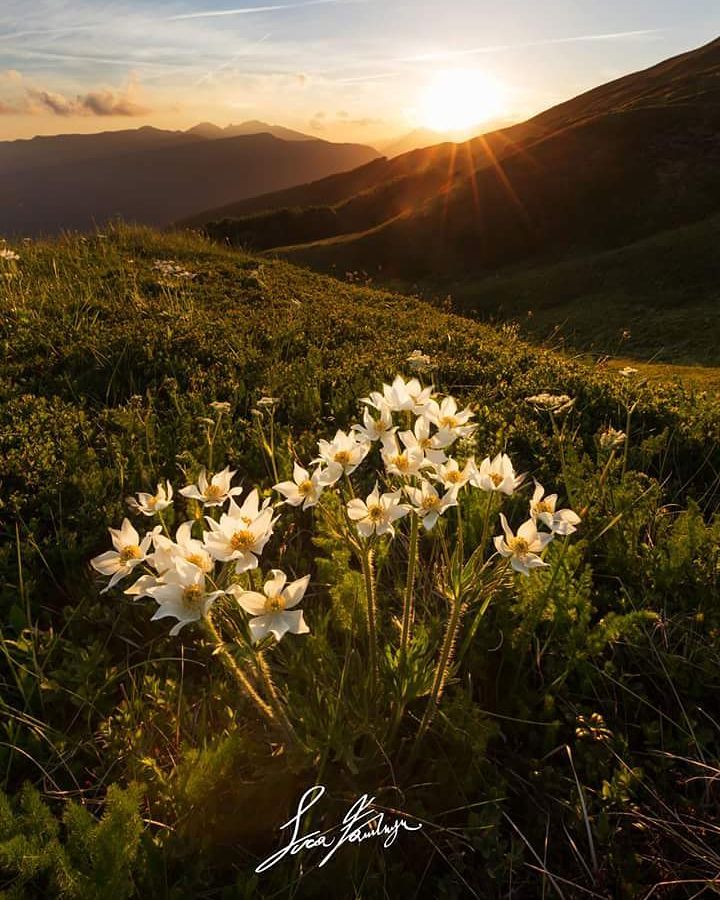
Eating blue fish from the Adriatic on Good Friday
On Good Friday, it is customary to eat lean, i.e. no meat. It’s the perfect occasion to enjoy the delicious blue fish of the Adriatic.
The fish is caught in the 110 km of coastal provinces that stretch from the coast of Ferrara to Cattolica.
The special features: excellent quality and, in many cases, affordable prices.
Bream, amberjack, sardines, mackerel, which can be marinated in orange juice and fennel seeds before cooking.
Not everyone knows that the best paganelli is eaten between March and June. Or that mazzola is very good in its broth, which is perfect for Romagna’s passatelli.
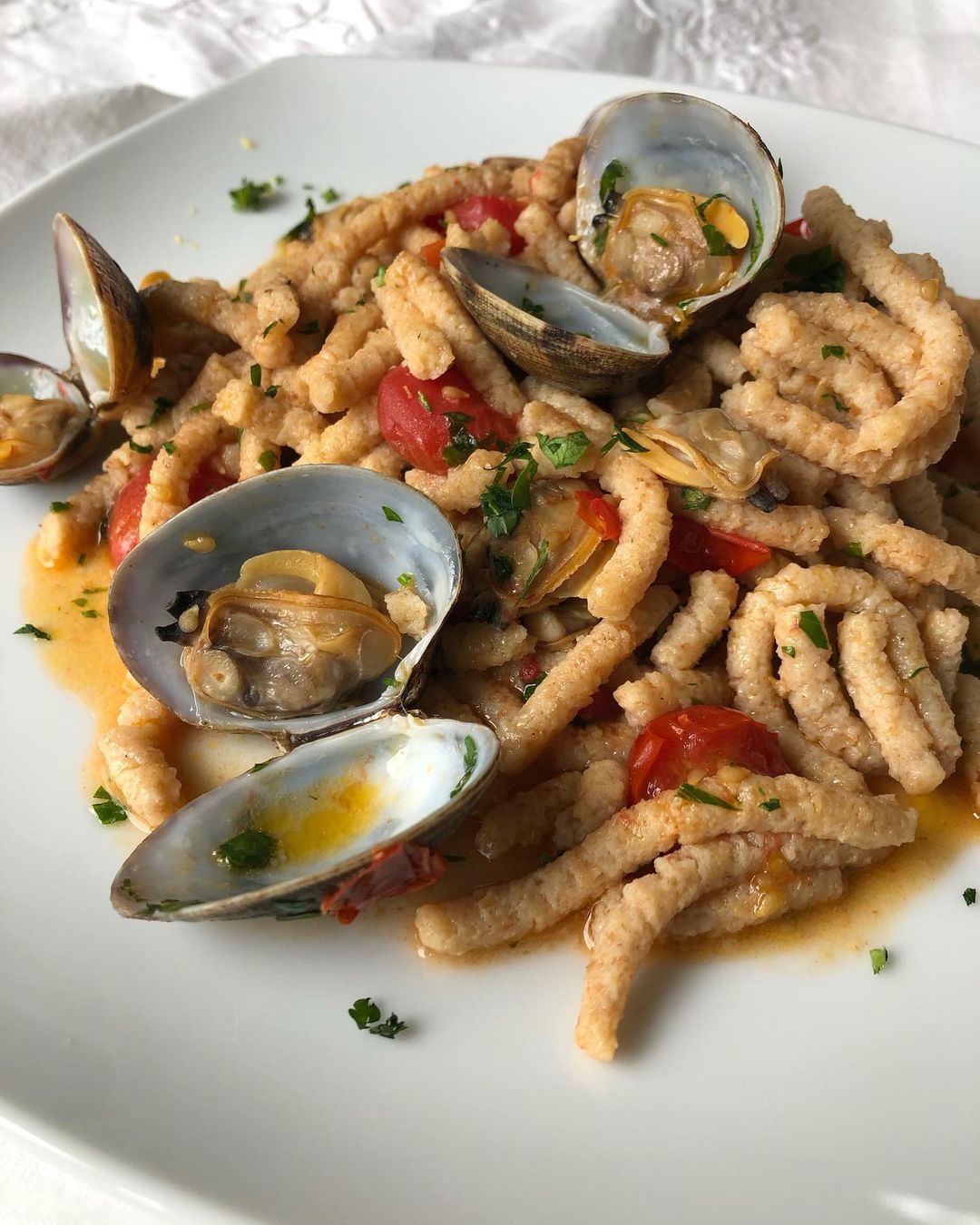
Easter Monday Walks
The Easter Monday walk is an ancient tradition all over Emilia-Romagna.
In Bologna in particular, there is certainly one of the most traditional and famous Easter Monday walks: the Bregoli walk, a path immersed in the green that leads from the Talon Park in Casalecchio di Reno (where there is the Chiusa, declared “Heritage of a Culture of Peace” by Unesco) to the Santuario di San Luca in Bologna.
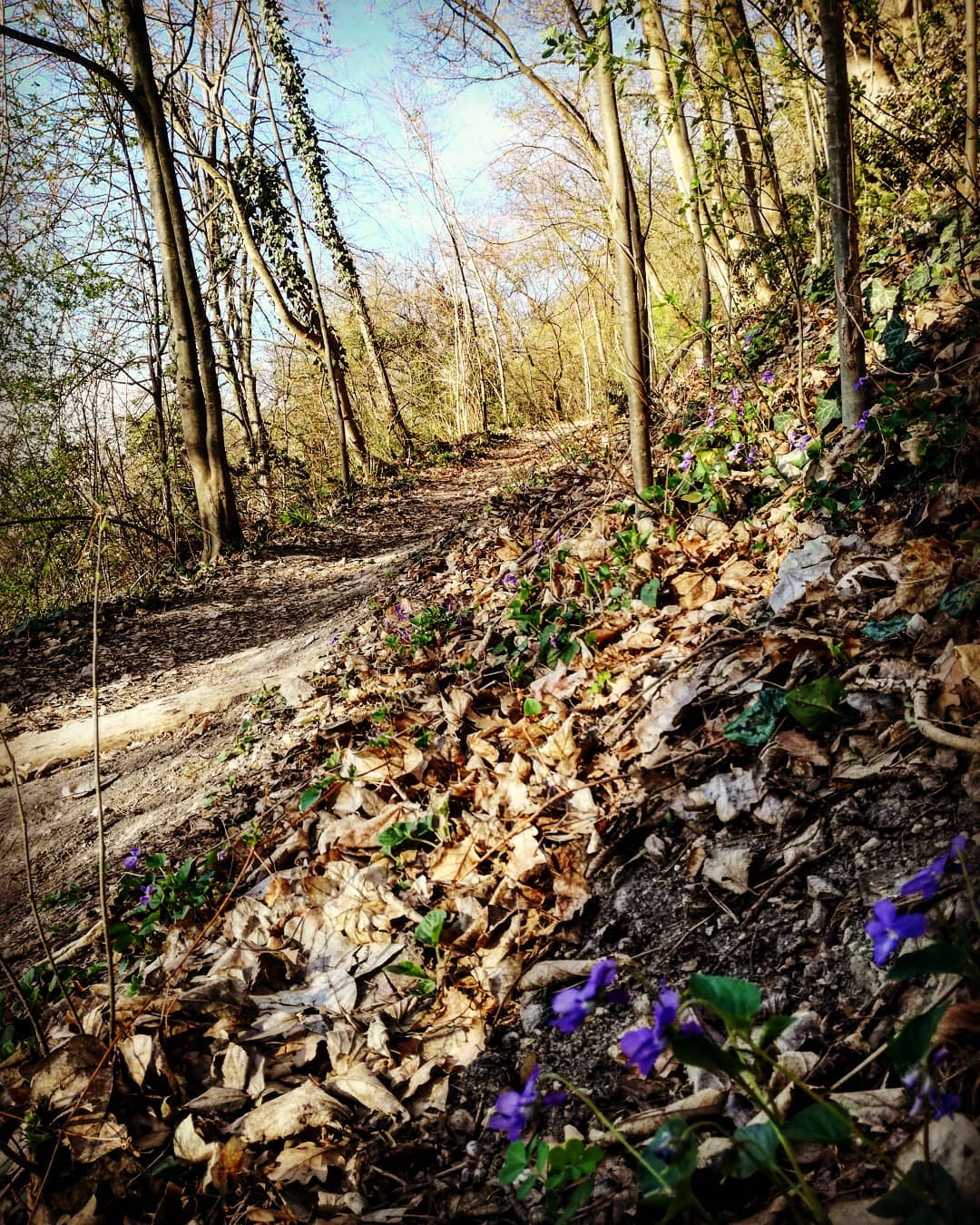
Decorating the eggs to enjoy at Easter Breakfast
Along the ancient Via Emilia, from Piacenza to Rimini, the custom of having boiled eggs blessed and eating them for breakfast on Easter morning is still alive.
If there are children in the family, it’s fun to decorate them with natural colors and very simple and homemade tricks: rub red onion for red eggs, saffron powder for orange eggs, spinach for green eggs, coffee, tea or ground cumin for brown eggs, turmeric for yellow eggs… and so on.
Preparing the Romagna's Loaf
The tradition of the Romagna’s Loaf, to be eaten on Easter morning together with blessed eggs, salami, and Sangiovese wine, while chatting and exchanging wishes, is very old.
The Romagnola bread has a beautiful domed shape and a cross cut into the top as a sign of devotion. It is eaten all over Romagna, but its origins are in Sarsina, a very ancient village (Plautus, the Latin comedy writer, was born here in 255 B.C.) among the woods of the Forlì Apennines.
This is in the area of the great Casentinesi forests, Monte Falterona and the Campigna National Park.
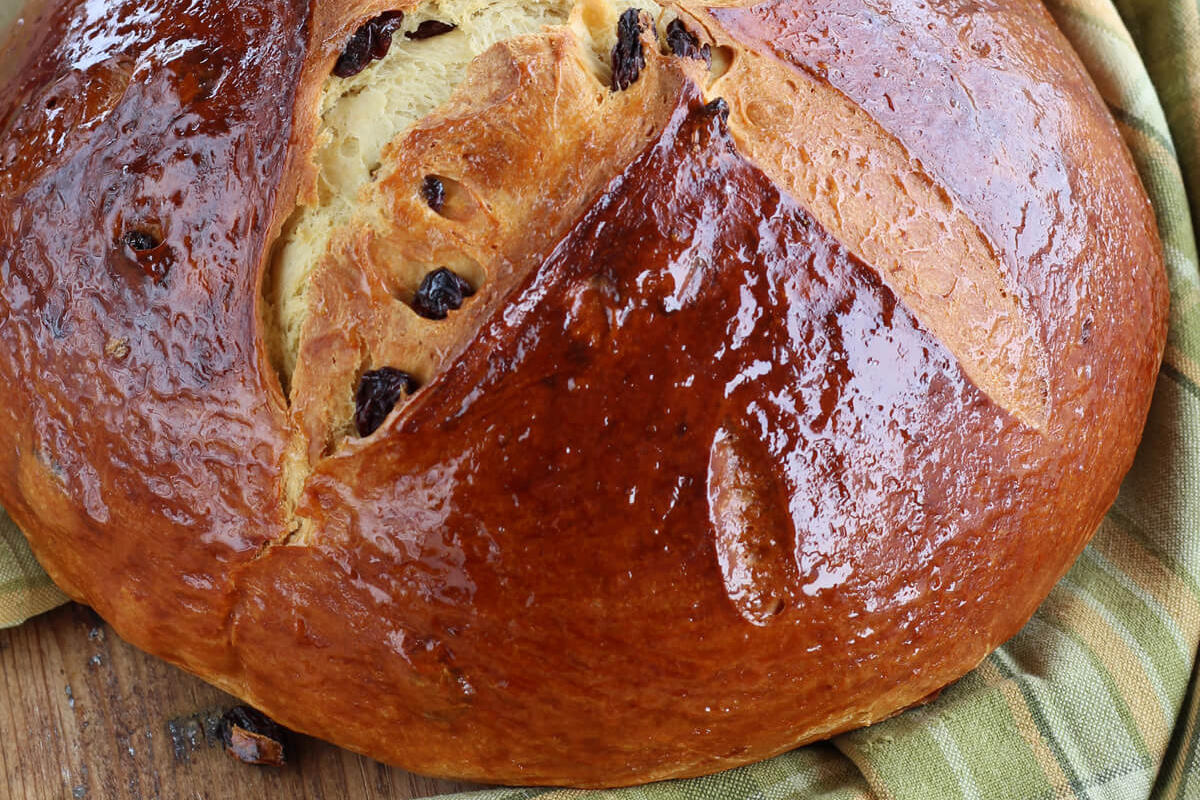
For those who want to try it, here is the recipe.
Ingredients for a 1.7kg Easter Loaf
For the leavened dough
200g refreshed sourdough starter
250 g flour
150 g Manitoba flour
220 g water
For the dough
Leavened dough
200 g type 1 flour
200 g Manitoba flour
110 g granulated sugar
10 g of malt
100 g fresh milk
3 eggs
80 g butter
grated zest of 1 lemon
1 vanilla pod
1 teaspoon of salt
200 g sultanas
For the glaze
1 egg yolk
2 tablespoons of milk
Start with the leavened dough.
In a bowl, put the leavened sourdough starter, prepared about 4 hours earlier, add the 2 types of flour, water and knead until you have a homogeneous dough.
Cut a cross in the surface of the dough with a knife, cover with cling film and leave to rise overnight until it has doubled in size. It can be left in the oven with the light off.
After the first night: the dough.
The next morning, put the leavened dough in a bowl with the flour, sugar, malt and milk.
Knead and add the eggs one by one until they are well incorporated.
Add the grated lemon zest, vanilla seeds, salt and the butter (at room temperature) in pieces.
Knead until you have a smooth, homogeneous dough.
Cover with cling film or a cloth and leave in the oven with the light off for 6-7 hours (or until the dough has doubled in volume).
After 7 hours.
Put the dough on a floured work surface and flatten it a little by folding it.
Add the sultanas, washed, soaked in warm water for 10 minutes and dried.
At this point, place the dough on a baking tray lined with greaseproof paper, score the surface with a pastry cutter and leave the dough to rise for another 2 or 3 hours, covered with a bowl, until it has doubled in volume.
After a further 3 hours.
Beat the egg yolks with the milk and brush the top of the loaf with the mixture.
Bake at 180°C (356°F) for 15 minutes, then reduce the temperature to 170°C (338°F) for a further 35 minutes.
After 35 minutes.
Remove from the oven, cool on a wire rack and serve.
Author

Daniela Camboni
Journalist and mum.
Traveller. I adore happy endings.
You may also like
Easter in Emilia-Romagna. Tours and events between cities & nature
by Maria Grazia Masotti /// April 11, 2025
Slow Spring: 3 months of initiatives in the Po Delta Park
by Davide Marino /// April 4, 2025

Interested in our newsletter?
Every first of the month, an email (in Italian) with selected contents and upcoming events.
